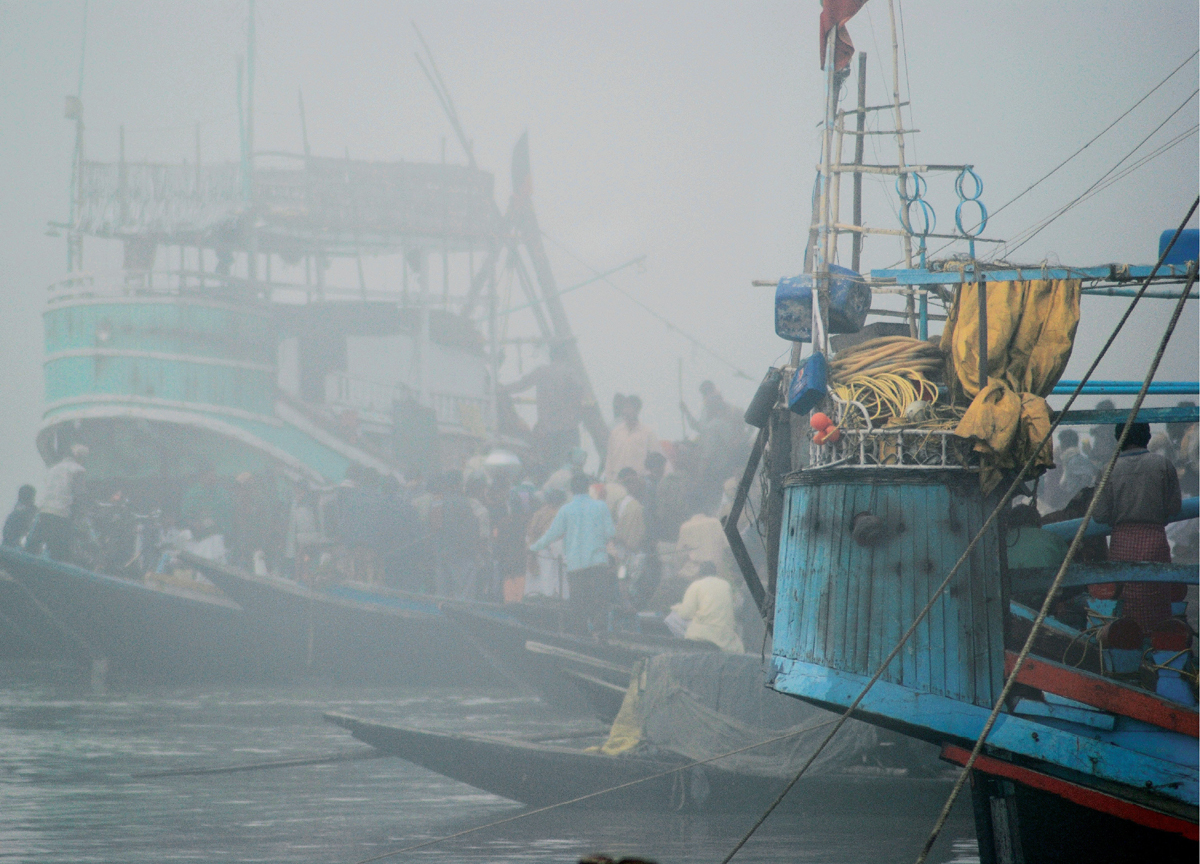Inland Fisheries in India
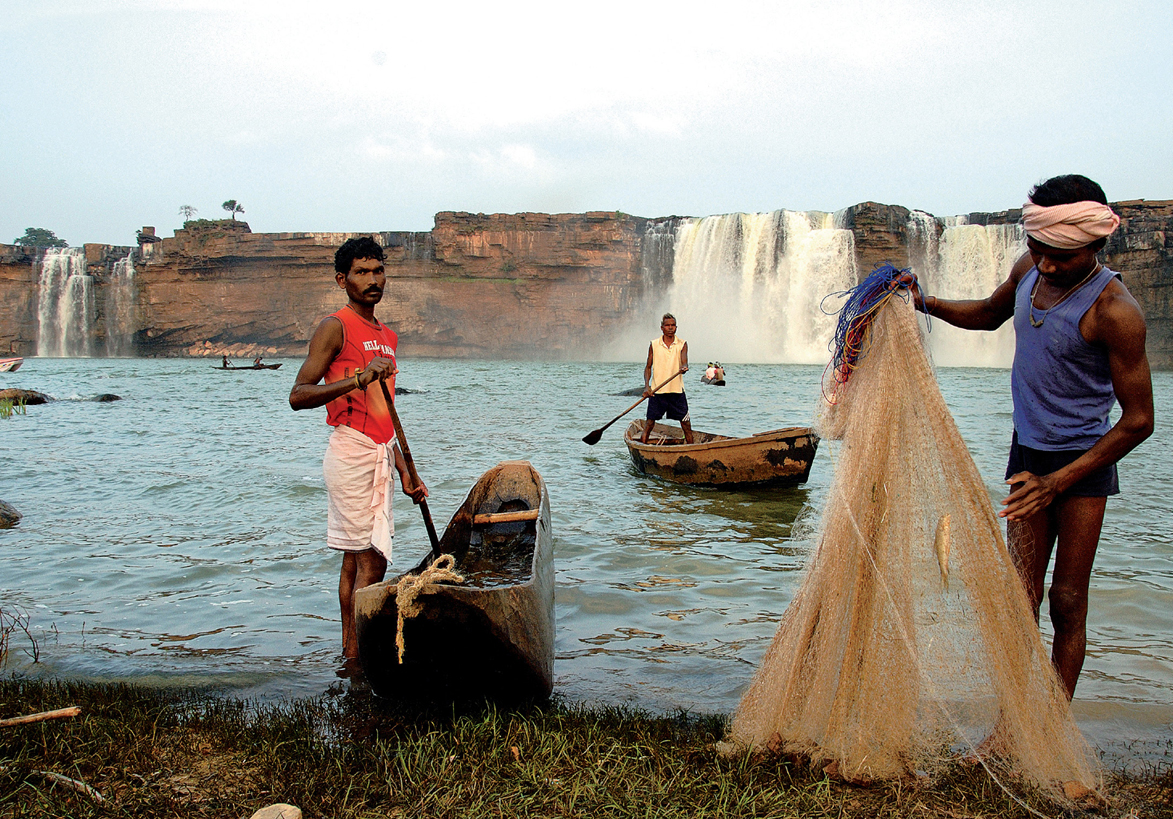

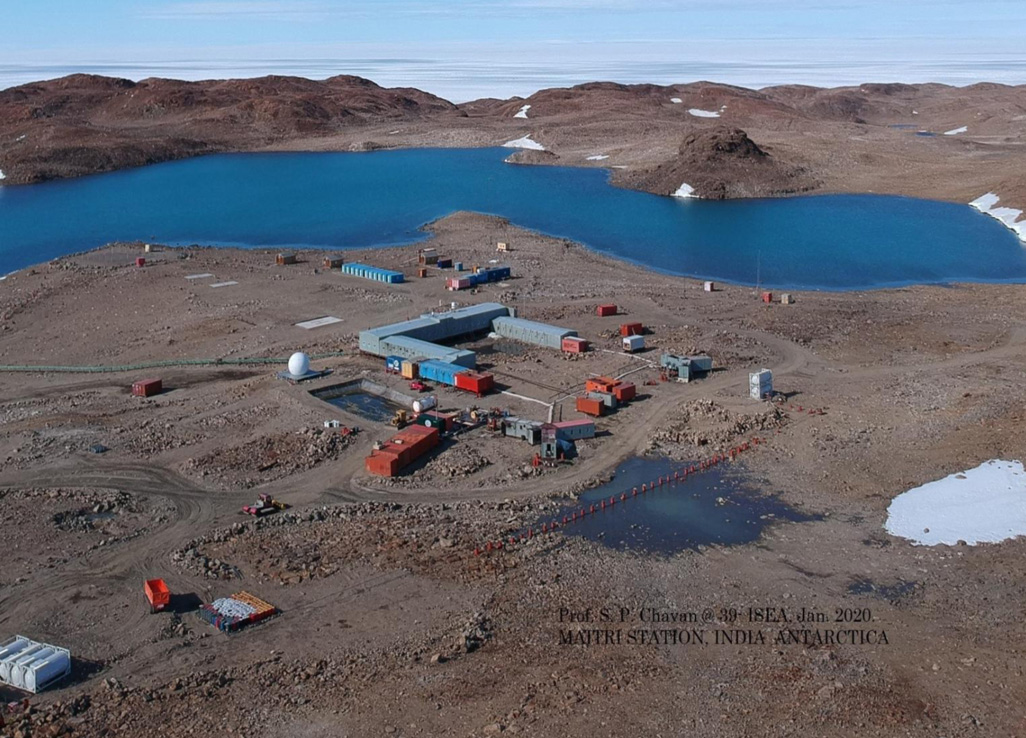
India is set to embark on a new chapter in its Polar exploration journey with the construction of Maitri II. The Indian government plans to establish a new research station near the existing Maitri ba...
.png )
The Deep Ocean Mission (DOM), approved by the Government of India in 2021 under the Ministry of Earth Sciences (MoES), represents a strategic step in realizing Sustainable Development Goal 14 (SDG 14:...
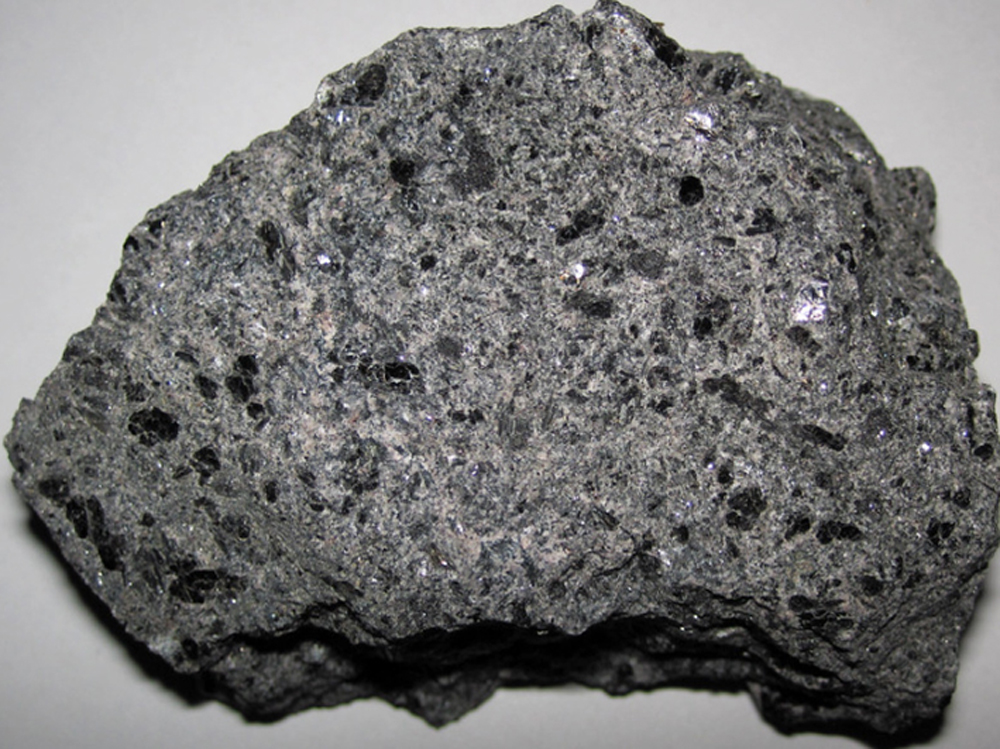
China recently announced restrictions on the export of seven rare earth elements (REEs), soon after US President Donald Trump decided to impose tariffs. As the world's dominant supplier—responsible fo...
Fisheries provide employment to 14 million fishers—but today the highly dispersed and unorganised sector is calling out for appropriate tools to create good database to enable better planning. It is e...
Climate change is seriously impacting coldwater fish species with a significant loss of coldwater fish biodiversity and a reduction in fish habitat.
Impacts, vulnerability and resilience of fisheries sector to climate change in India.
Wild Shrimp Seed Collection in Hoogly Estuary, West Bengal Shrimp farming, the most lucrative of aquaculture option in the east coast of India sources wild seed for its sustenance. With undiminishe...
Fisheries provide employment to 14 million fishers—but today the highly dispersed and unorganised sector is calling out for appropriate tools to create good database to enable better planning. It is envisaged that the national policy on inland fisheries should strike a balance between aquaculture and various enhancement practices to achieve higher fish productivity, environmental sustainability an...

Climate change is seriously impacting coldwater fish species with a significant loss of coldwater fish biodiversity and a reduction in fish habitat.
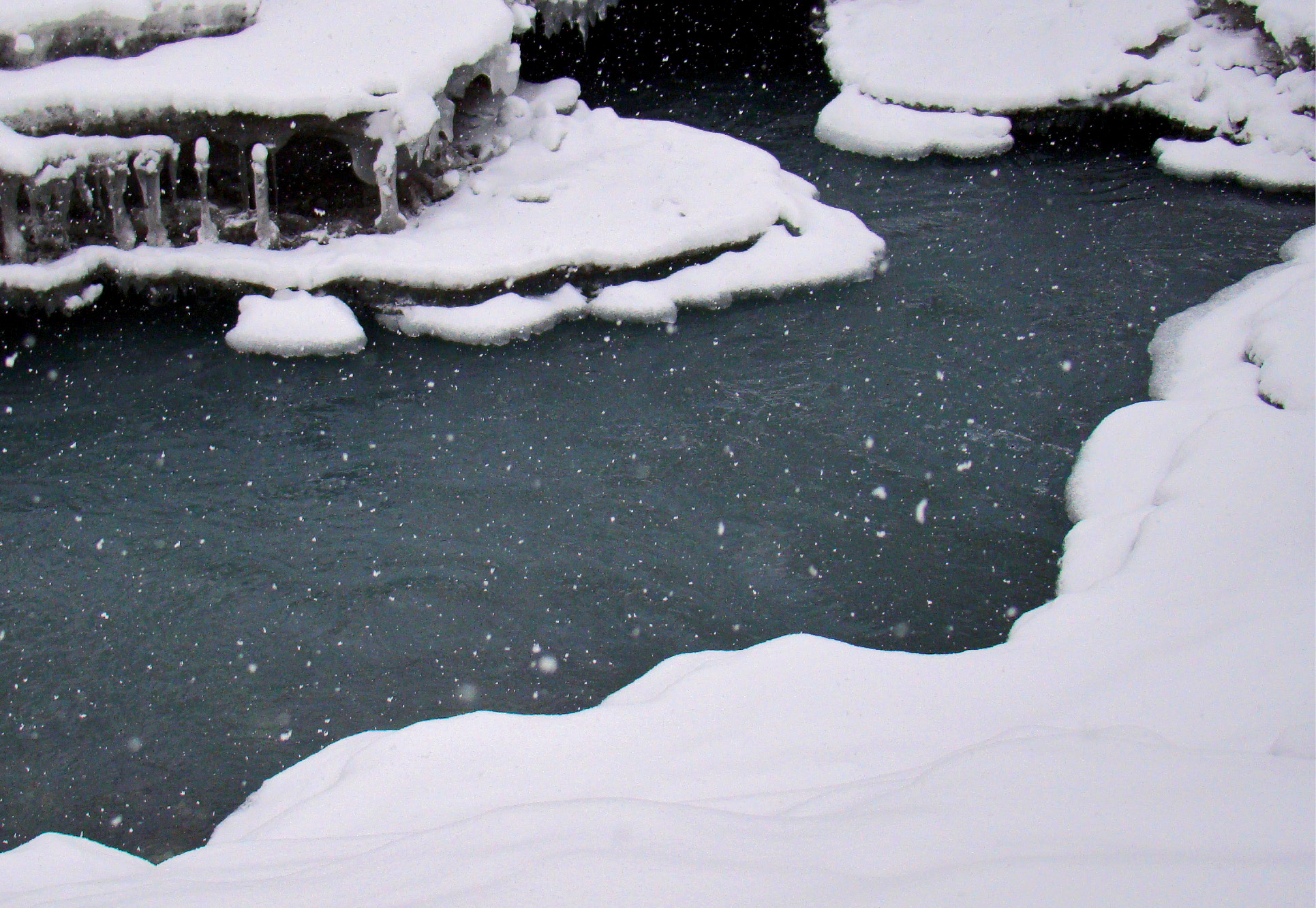
Impacts, vulnerability and resilience of fisheries sector to climate change in India.
